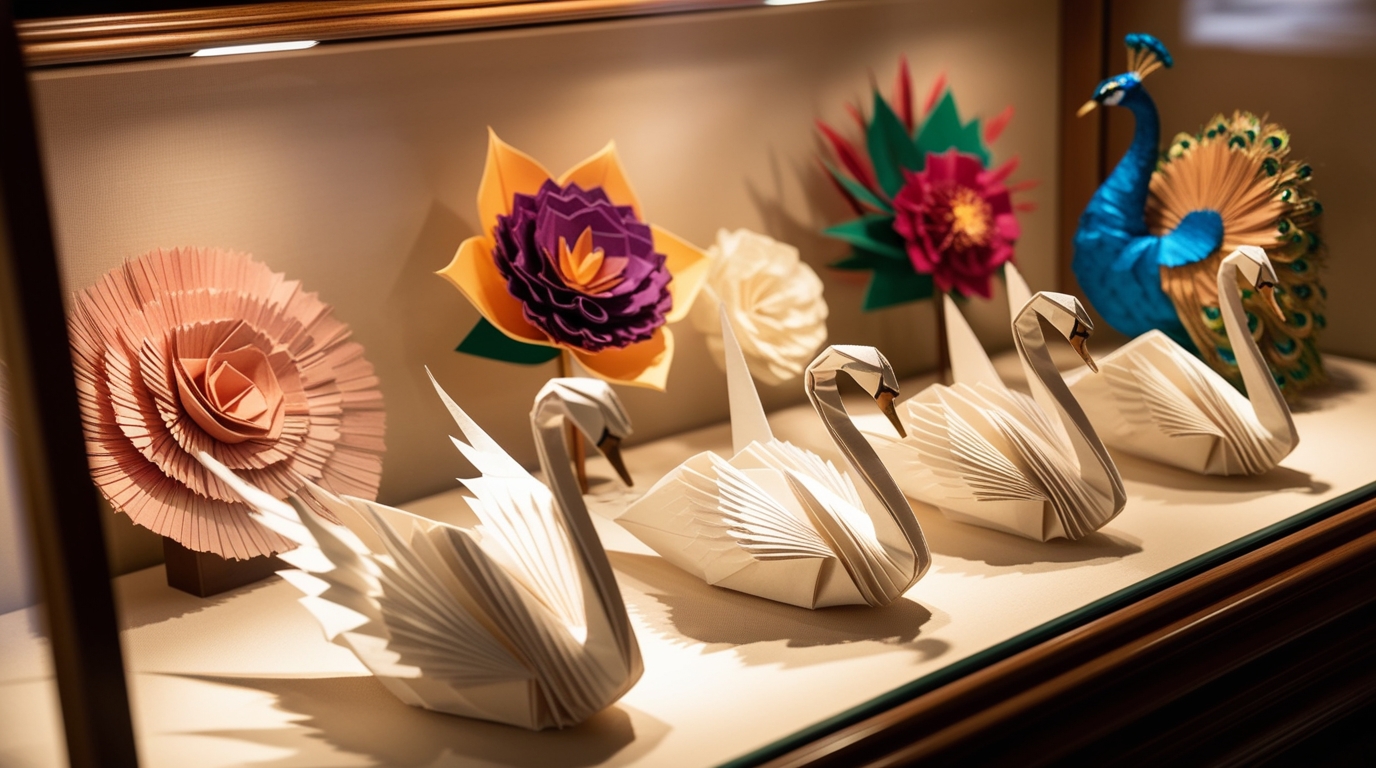
How to Preserve Your Origami Art for Years to Come
Origami is more than just folded paper—it is a delicate form of art that captures patience, creativity, and tradition. Whether you’ve crafted a graceful swan, a vibrant flower, or a detailed peacock, your origami deserves to last for many years. However, since origami is made from paper, it is naturally prone to damage caused by moisture, sunlight, dust, and handling.
The good news? With the right care, you can preserve your origami art for decades without losing its beauty. In this guide, we’ll walk you through practical tips on how to protect your creations and ensure they remain in perfect condition for years to come.
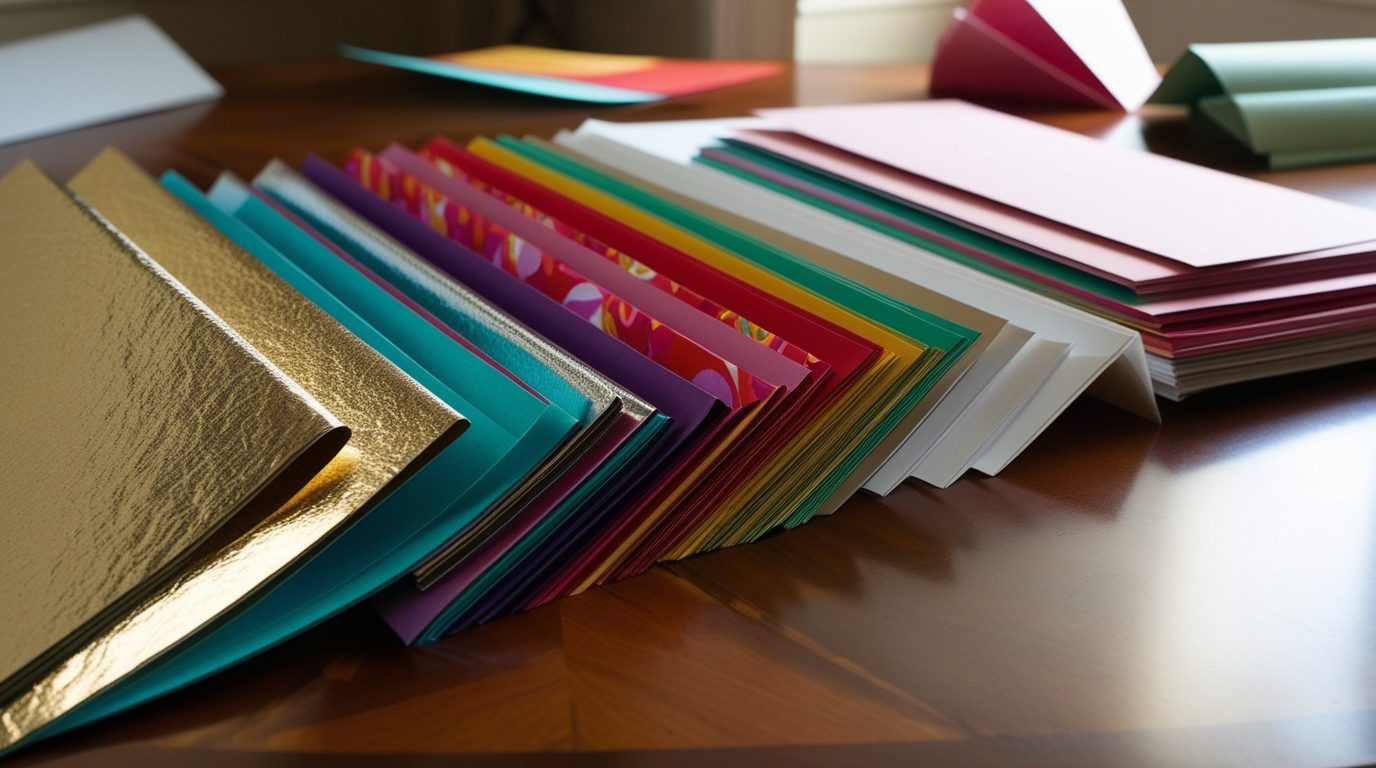
1. Choosing the Right Paper From the Start
The preservation of origami begins with the type of paper you use. Some papers are more durable and resistant to environmental wear than others.
Acid-Free Paper: Always choose acid-free or archival-quality paper. Regular paper may yellow, weaken, and crumble over time due to the presence of acid.
High GSM Paper: Paper with higher thickness (measured in GSM) is stronger and more resistant to tears.
Coated or Specialty Origami Paper: Metallic, foil-backed, or laminated origami papers provide an extra layer of durability.
Pro tip: If you’re making origami for display, use higher-quality paper to begin with. This small decision can extend the life of your piece significantly.
2. Protecting Origami from Sunlight
Direct sunlight can fade colors and weaken paper fibers. To prevent this:
Display origami in shaded areas away from windows.
If displaying near natural light, use UV-protective glass frames or display boxes.
Rotate your displayed pieces occasionally to minimize long-term exposure.
By controlling light exposure, your origami will maintain its original colors and strength.
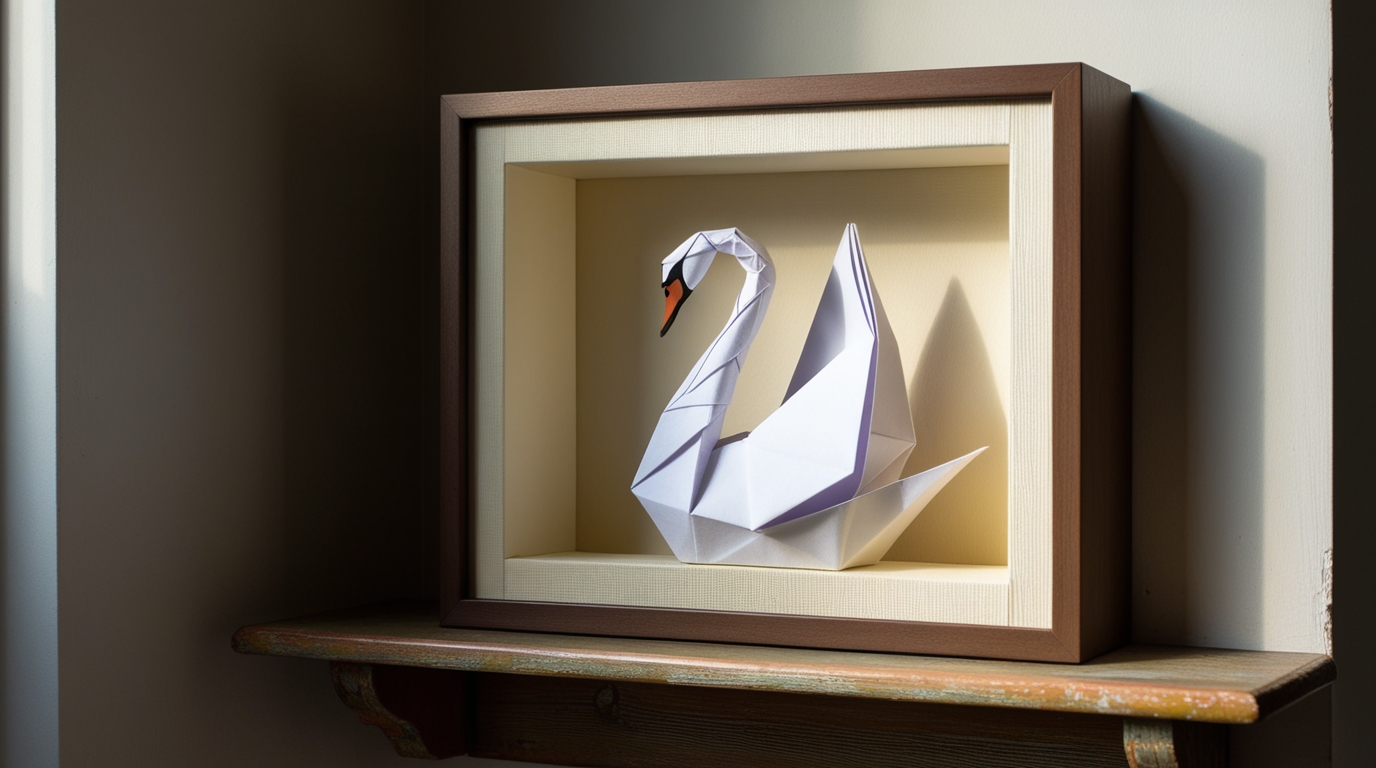
3. Shielding Against Moisture and Humidity
Moisture is the biggest enemy of paper. High humidity causes warping, while water damage can completely ruin a piece.
Avoid Damp Areas: Keep origami away from bathrooms, kitchens, or windows where condensation forms.
Use Silica Gel Packs: Place them inside display cases or storage boxes to absorb excess moisture.
Maintain a Stable Climate: Ideally, origami should be stored in a dry environment with 40–50% humidity.
4. Dusting and Cleaning Origami Gently
Over time, dust settles on origami models, making them look dull. Cleaning must be done with extreme care:
Use a Soft Brush: A clean, fine makeup or artist’s brush works best to gently remove dust.
Compressed Air (with caution): Short, light bursts can help dislodge dust from folds but should be done carefully.
Avoid water or liquids: Never attempt to wipe origami with a damp cloth—it will ruin the paper.
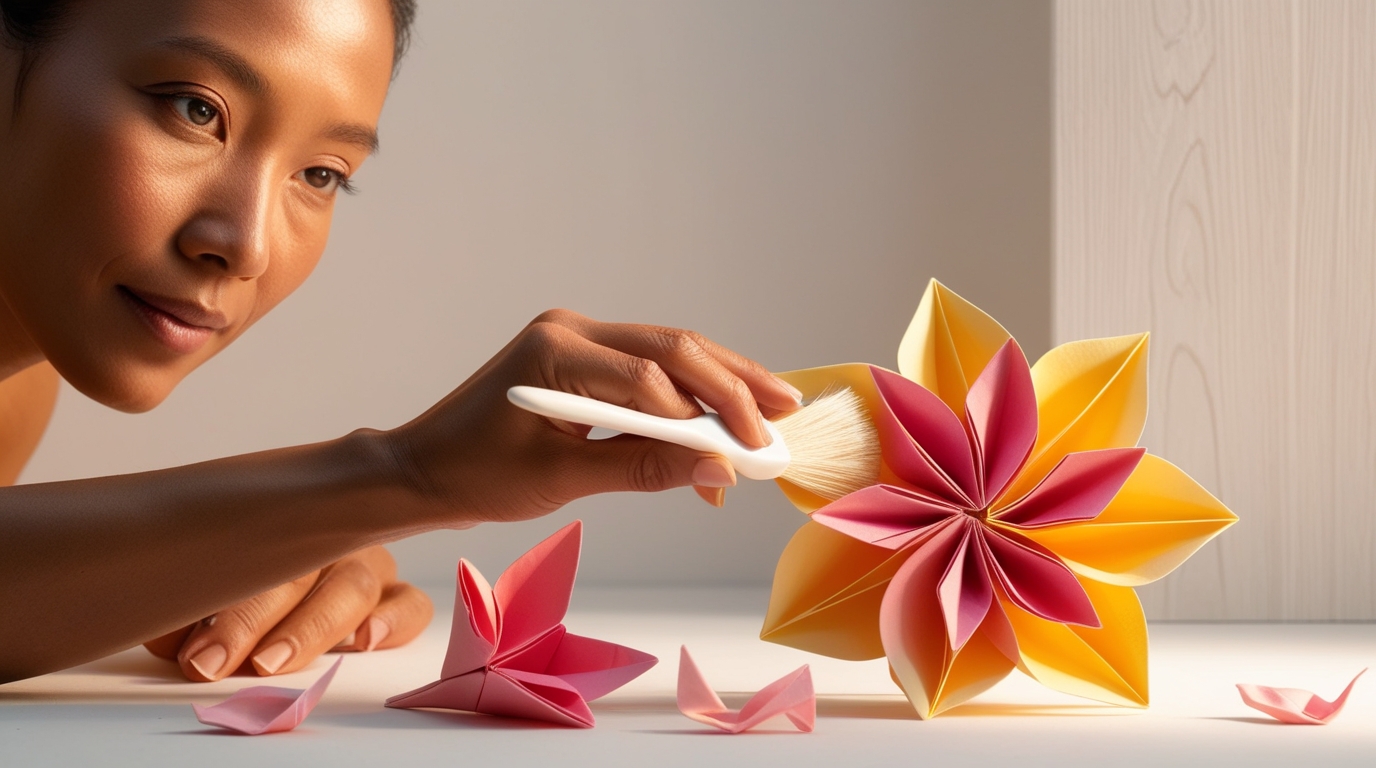
5. Storing Origami Art Safely
Not all origami can be on display, and proper storage ensures longevity.
Use Acid-Free Boxes or Folders: Archival storage keeps the paper from yellowing.
Individual Wrapping: Wrap delicate models in acid-free tissue paper.
Flat vs. 3D Storage: Flat origami can be stored in folders, while 3D models should be placed in sturdy boxes with padding.
6. Framing and Displaying Origami
Framing isn’t just for photographs—it’s also a great way to protect origami.
Shadow Boxes: Perfect for 3D models like swans, flowers, or peacocks.
Glass Frames: Protects flat origami while keeping it dust-free.
Anti-Glare & UV Glass: Reduces fading from light exposure.
Framed origami not only lasts longer but also elevates it as a piece of home decor.
7. Using Protective Sprays and Sealants
Some origami artists use sealants to add an extra layer of protection.
Archival Spray Fixatives: These help preserve the color and integrity of paper.
Matte or Glossy Sprays: Depending on the finish you want, these sprays prevent fading and water damage.
Test First: Always test sprays on a scrap piece of the same paper before applying to your artwork.
8. Handling Origami with Care
Even the most well-preserved origami can be ruined by careless handling.
Wash hands before touching origami.
Avoid folding or unfolding finished models.
Use tweezers or gloves when handling fragile pieces.
9. Long-Term Storage Tips for Collectors
If you have a large origami collection, think long-term.
Catalog your pieces with labels or notes about date and paper type.
Store them in climate-controlled spaces (avoid attics or basements).
Consider digitizing your collection by photographing each piece for memory.
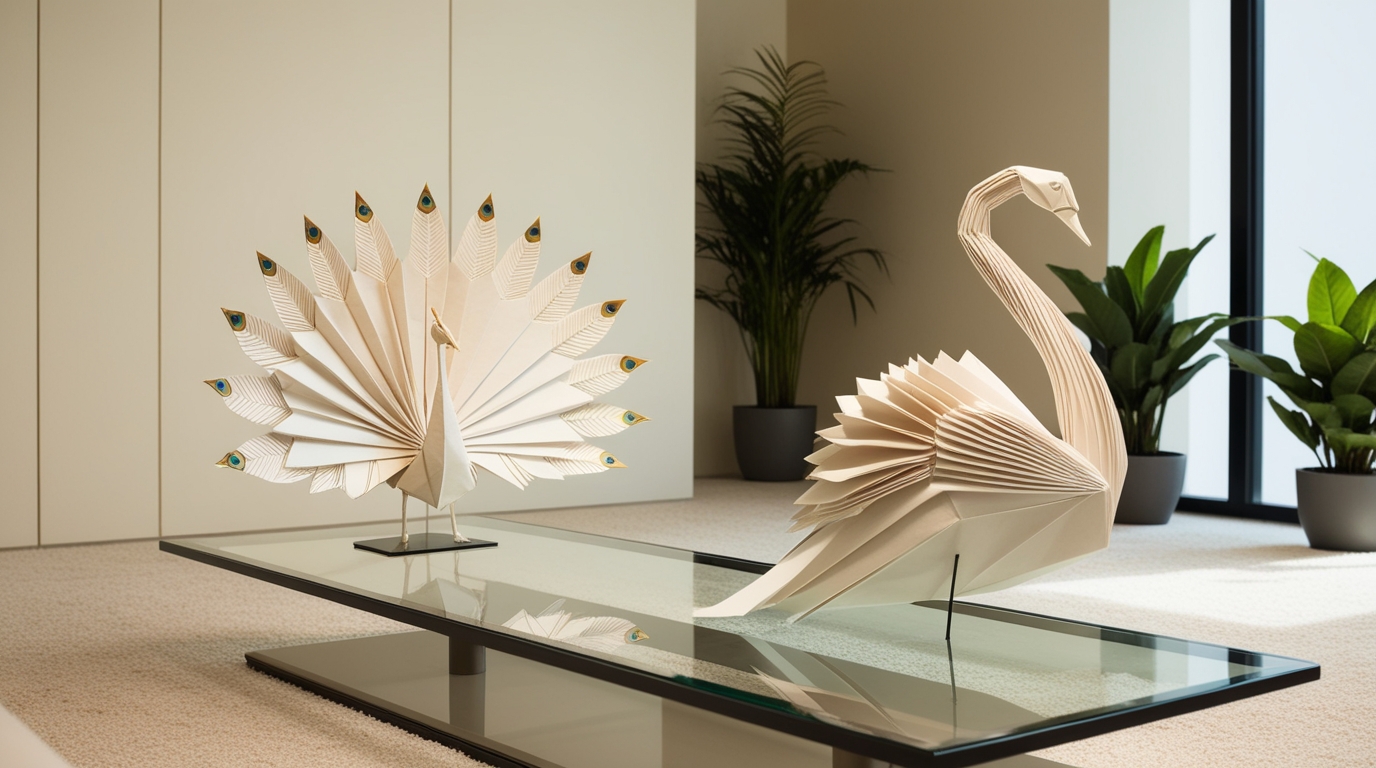
Conclusion
Origami is a fragile yet timeless art form that deserves care and preservation. By choosing the right paper, protecting from sunlight and moisture, cleaning gently, and storing properly, you can ensure that your origami remains as beautiful as the day you folded it.
Whether you’re keeping a cherished handmade swan, a vibrant flower, or an intricate peacock, these steps will help your creations withstand the test of time.
At Tulsi Origami, we believe that every fold tells a story. With a little care, your origami can continue to inspire joy, creativity, and beauty for generations to come.
Paper Stories
LATEST ARTICLES
Behind Every Fold
Unfold meaningful stories, tips, and trends in modern origami culture.

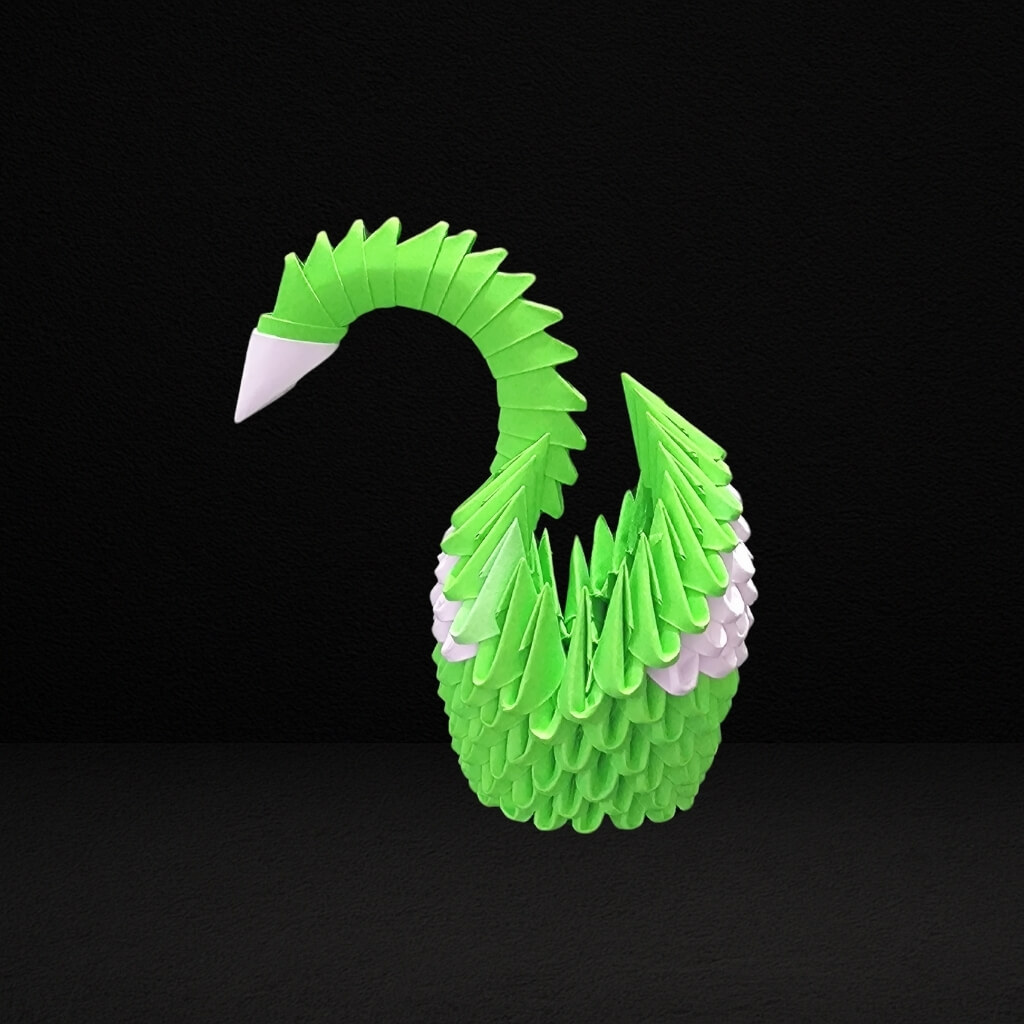
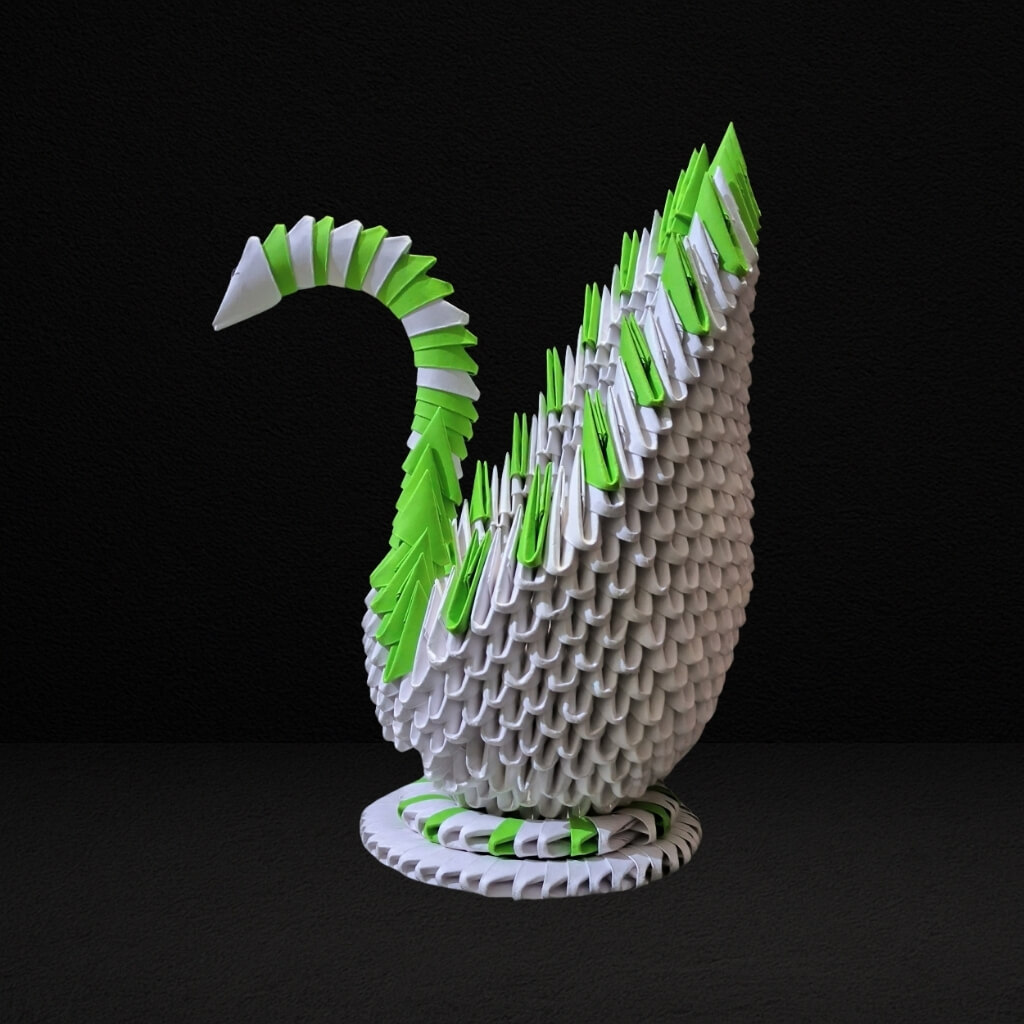

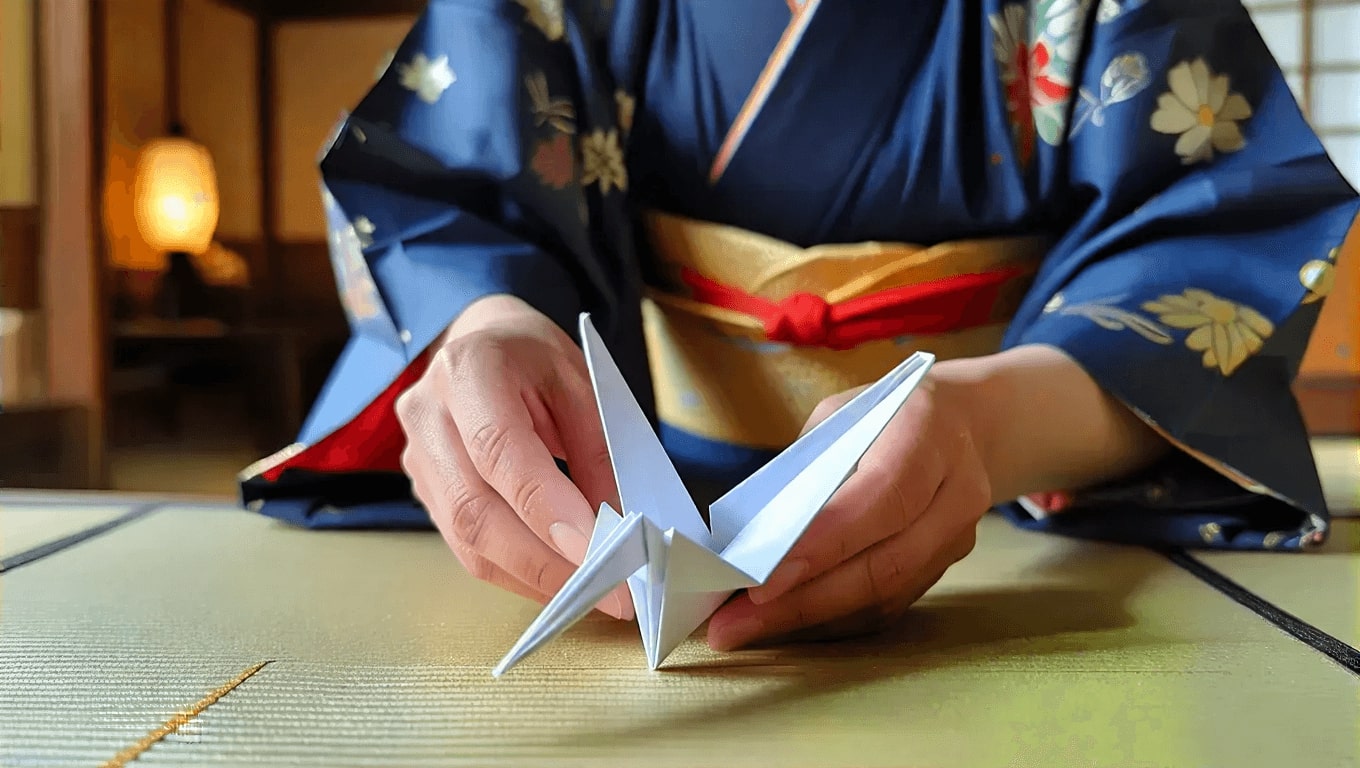

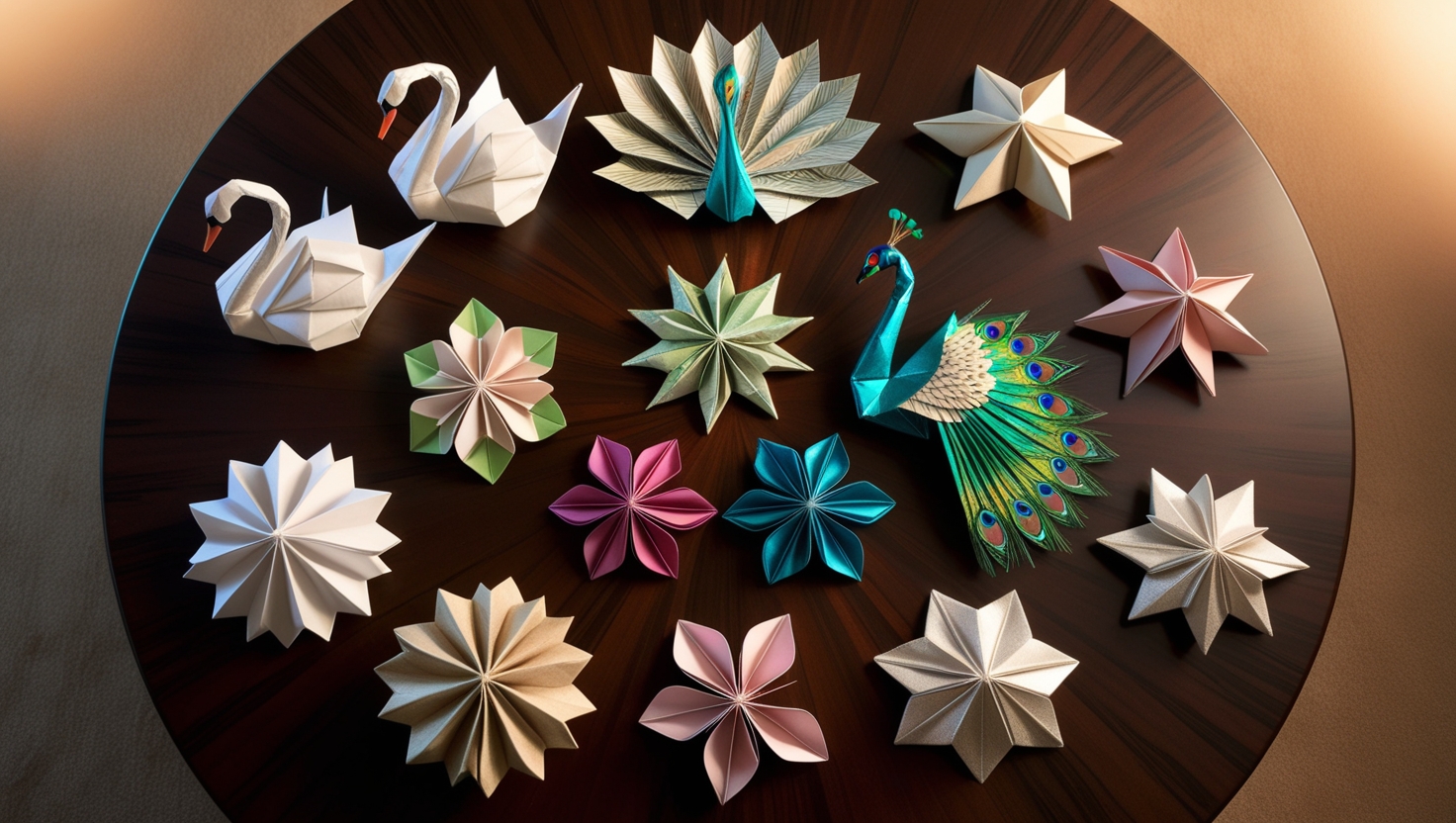
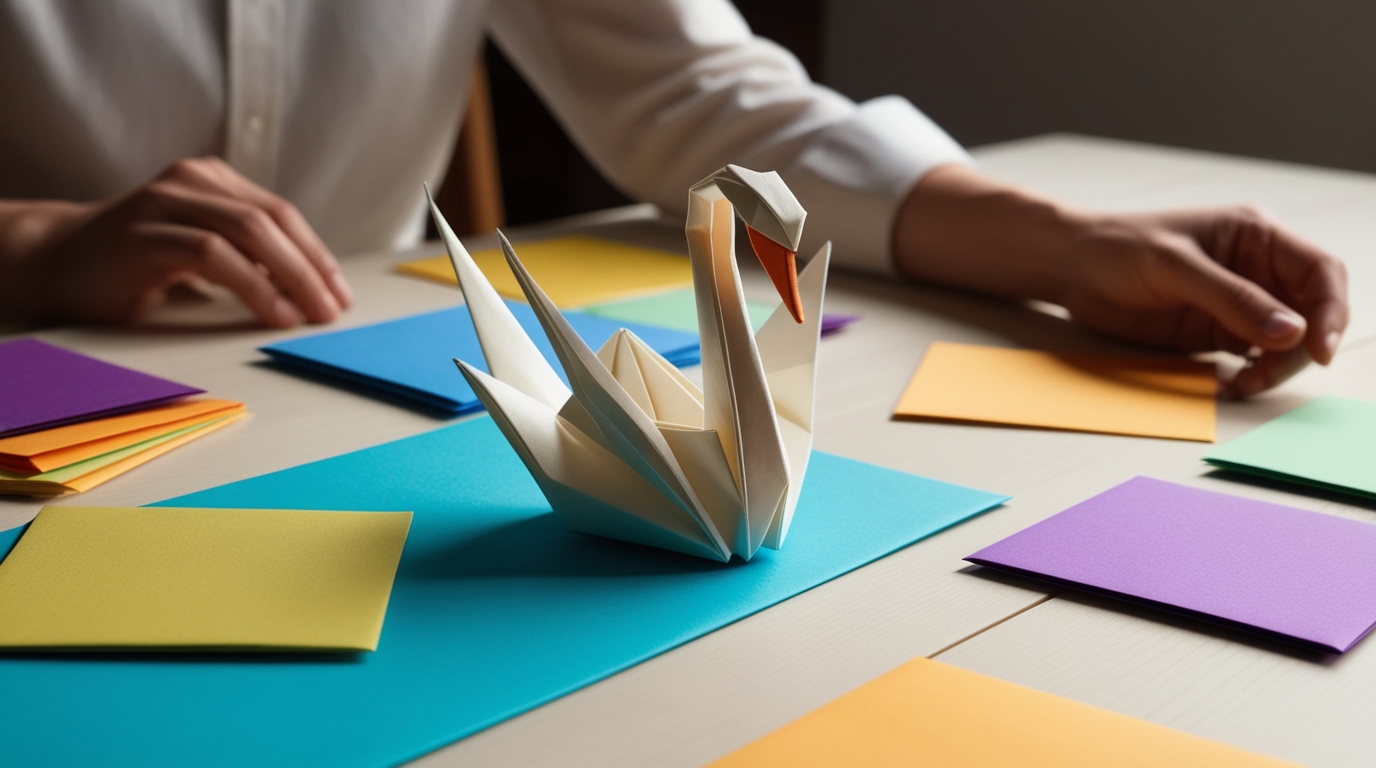
Comments
Post a Comment
You mustto post a comment.
No comments yet. Be the first to comment!